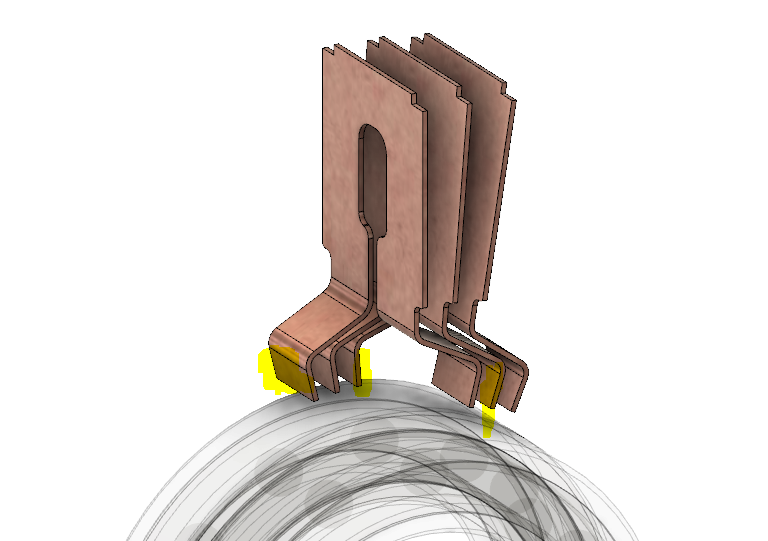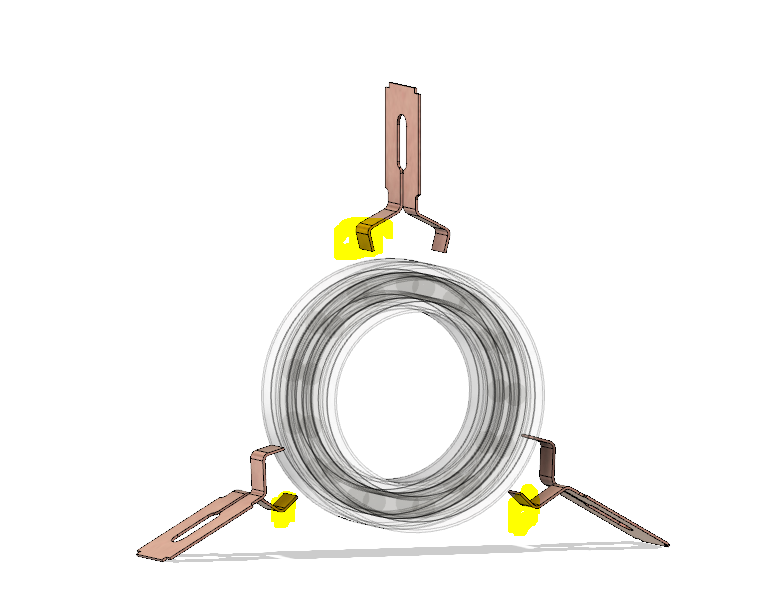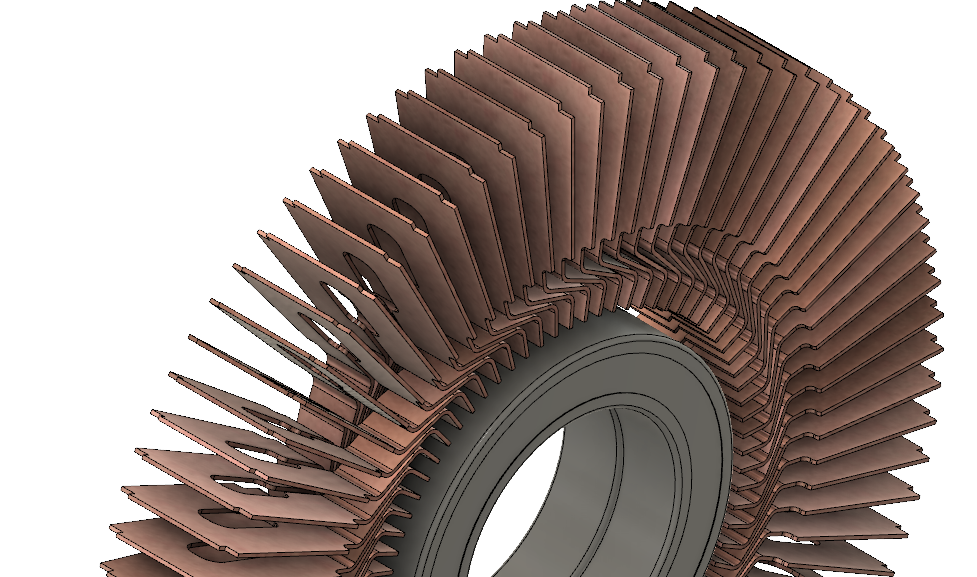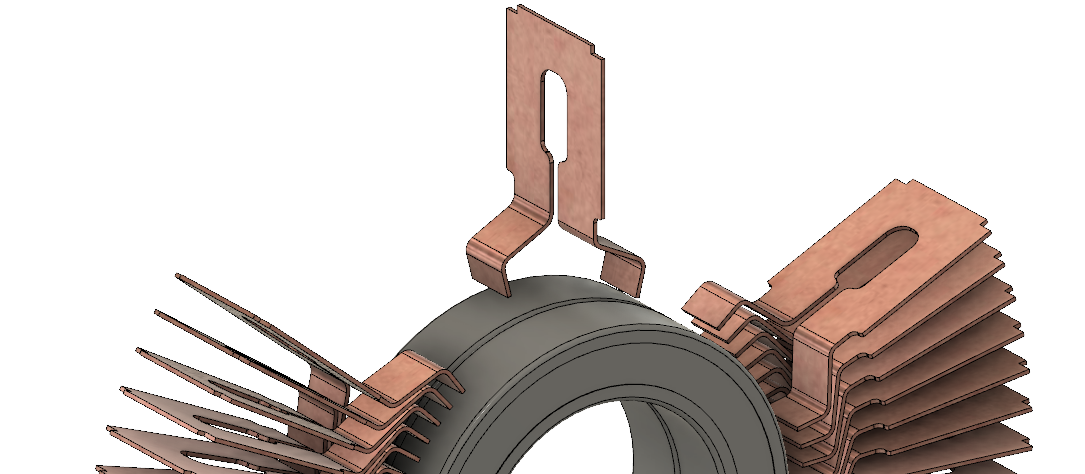TorontoBuilder
100 W
Let me preface this by saying, forgive my ignorance and if this has been addressed before, I looked but could not find such info.
I have an integer wound motor design with 26 poles and 78 slots. It's winding scheme is AA|bb|CC|aa|BB|cc rinse and repeat... unlike with other windings schemes at the bavaria winding scheme calculator that state specifically where to make the wire connections the site does not state where to make them for integer wound motors.
So is it better to make them at coils 1, 2, and 3 for A | b | C respectively or would it be better to shift the phase connections 120 degrees and make the connections at coils 1, 27, and 53 as A | b | ?
So this connection?

Or this connection?

Is there any difference operationally?
Also, I plan to either make a die to stamp these coils out of 110/C110/C11000 Electrolytic Tough Pitch copper sheet 0.08" thick, or have them 3D printed. It will be much cheaper to stamp them but if I 3D print them I can get more loops per coil. I want high amperage ability, lower rpm and high torque, what is better for windings?
Yes, I am emulating the Lynch (and the Binova) motor but brushless...


Thanks for any assistance/feedback people may provide
I have an integer wound motor design with 26 poles and 78 slots. It's winding scheme is AA|bb|CC|aa|BB|cc rinse and repeat... unlike with other windings schemes at the bavaria winding scheme calculator that state specifically where to make the wire connections the site does not state where to make them for integer wound motors.
So is it better to make them at coils 1, 2, and 3 for A | b | C respectively or would it be better to shift the phase connections 120 degrees and make the connections at coils 1, 27, and 53 as A | b | ?
So this connection?
Or this connection?
Is there any difference operationally?
Also, I plan to either make a die to stamp these coils out of 110/C110/C11000 Electrolytic Tough Pitch copper sheet 0.08" thick, or have them 3D printed. It will be much cheaper to stamp them but if I 3D print them I can get more loops per coil. I want high amperage ability, lower rpm and high torque, what is better for windings?
Yes, I am emulating the Lynch (and the Binova) motor but brushless...
Thanks for any assistance/feedback people may provide

